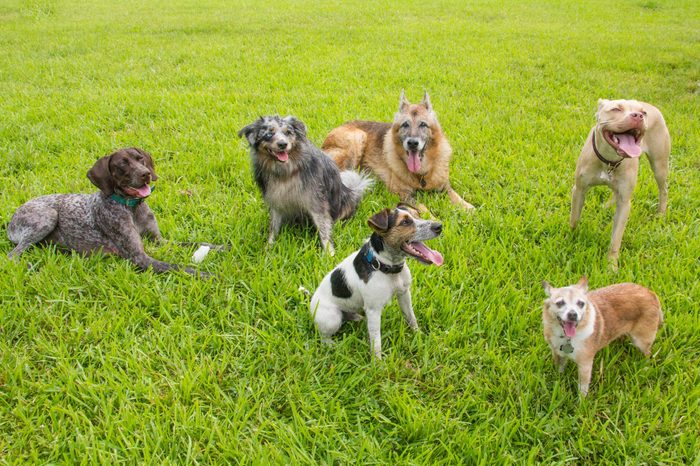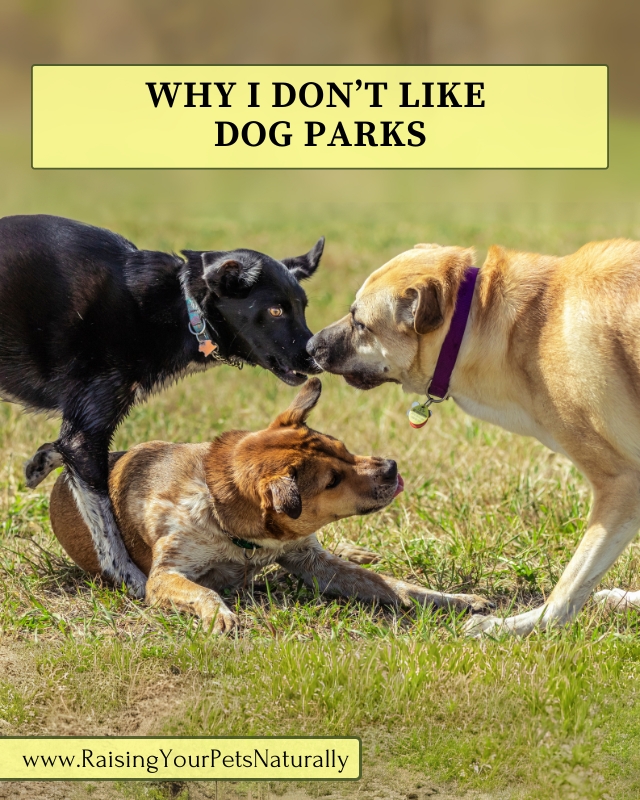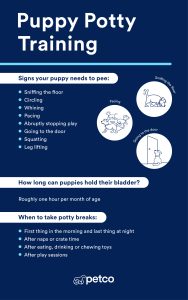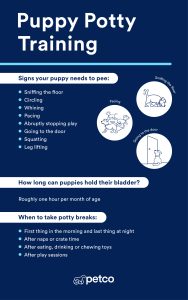Are dog parks a fun place for your furry friend, or could they pose hidden risks? If you’ve ever wondered whether dog parks are truly safe for your dog, you’re not alone.
You want your pet to enjoy playtime, socialize, and burn off energy—but you also want to keep them protected from harm. You’ll discover the key facts about dog park safety, what to watch out for, and how to make the most of your visits.
Keep reading to find out how to keep your dog happy and safe every time you head to the park.
Benefits Of Dog Parks
Dog parks offer more than just a place for your furry friend to run free. They provide valuable experiences that can improve your dog’s overall health and happiness. Understanding these benefits helps you decide if regular visits to the dog park are right for your pet.
Socialization Opportunities
Dog parks give your dog a chance to meet and interact with other dogs and people. This social exposure helps reduce fear and aggression by teaching your dog how to behave around others.
Have you noticed your dog becoming more confident after a few visits? Social skills learned here can make walks and vet visits less stressful.
Physical Exercise
Running, jumping, and playing at the dog park provide essential exercise that keeps your dog fit and healthy. This physical activity helps control weight and strengthens muscles and bones.
If your dog seems restless or destructive at home, regular park visits can help burn off that excess energy. What activities does your dog enjoy most when they’re outdoors?
Mental Stimulation
Dog parks offer a variety of sights, smells, and sounds that challenge your dog’s mind. Exploring new environments keeps their brain active and prevents boredom.
Engaged dogs are often happier and less prone to anxiety or destructive behavior. Have you seen your dog’s mood improve after a stimulating outing?

Credit: www.sparkpaws.com
Common Risks At Dog Parks
Dog parks offer a fun space for your furry friend to run and socialize, but they come with risks you need to watch out for. Understanding these dangers helps you keep your dog safe and enjoy the visit more. Let’s look closely at some common risks that could affect your dog’s health and happiness at the park
Aggressive Behavior
Not every dog at the park plays nicely. Some dogs may show aggression due to fear, poor socialization, or dominance. If you notice stiff body language, growling, or intense staring, it’s a warning sign to separate your dog immediately.
Have you ever seen a small dog cornered by a larger one? That situation can quickly turn dangerous. Always watch your dog closely and be ready to intervene if play becomes too rough or hostile.
Disease Transmission
Dog parks are common spots for germs to spread. Diseases like kennel cough, parasites, or viruses can pass through saliva, urine, or even shared water bowls. Even if your dog is vaccinated, some illnesses might still be a risk.
To protect your dog, keep their vaccinations up to date and avoid the park if your dog or others show signs of illness. Do you clean your dog’s paws or check for ticks after a park visit? These small steps can make a big difference.
Environmental Hazards
Environmental dangers can hide in the grass or around the park. Broken glass, sharp sticks, toxic plants, or trash left by other visitors can injure your dog. Uneven ground or holes may also cause sprains or falls.
Take a moment to scan the area before letting your dog off-leash. Does the park look clean and well-maintained? If not, it might be safer to choose a different spot for your dog’s playtime.
Choosing The Right Dog Park
Choosing the right dog park makes a big difference in your dog’s safety and happiness. Not all parks are created equal. Some have better spaces, cleaner areas, or clearer rules. Knowing what to check helps you find a park where your dog can play and socialize safely.
Size And Layout
A good dog park has enough space for dogs to run and play freely. Open areas allow dogs to move without feeling crowded. Separate zones for small and large dogs prevent accidents. Paths and shaded spots help owners watch their pets comfortably. Check if the park has secure fences to keep dogs safe inside.
Cleanliness And Maintenance
Clean parks reduce the risk of infections and diseases. Look for parks with regular trash pickup and waste stations. Grass or ground cover should be well-kept and free of sharp objects. Well-maintained equipment like benches or water fountains adds to comfort. A clean space shows care from park managers and respect from visitors.
Rules And Regulations
Clear rules protect all dogs and owners. Common rules include leash requirements outside play areas and vaccination proof. Parks with posted guidelines encourage respectful behavior. Watch for signs about aggressive dogs or noise limits. Following these rules keeps the park safe and fun for everyone.

Credit: www.rd.com
Preparing Your Dog For The Park
Taking your dog to a park can be fun and healthy. Preparation helps ensure a safe visit. Dogs need to be ready to meet other dogs and new situations. Preparation also prevents health risks and behavior problems. Focus on health, training, and reading your dog’s feelings.
Health Checks And Vaccinations
Before visiting a dog park, check your dog’s health. A visit to the vet is important. Ensure your dog has all necessary vaccinations. Vaccines protect against common diseases spread in parks. Flea and tick prevention is also key. Healthy dogs keep all pets safe and happy.
Training And Social Skills
Training your dog helps control behavior at the park. Teach basic commands like “come,” “sit,” and “leave it.” These commands keep your dog safe in busy areas. Socialize your dog with other pets in controlled settings. Good social skills reduce fights and fear. Practice calm greetings and sharing toys.
Recognizing Stress Signals
Dogs show stress in many ways. Watch for yawning, lip licking, or turning away. Growling or stiff body language means discomfort. These signs mean your dog feels unsafe or scared. Learn to notice stress early. Removing your dog before stress grows avoids problems. Happy dogs enjoy the park more.
Safety Tips During Park Visits
Visiting dog parks can be a great way for your furry friend to socialize and burn off energy. However, ensuring their safety requires some thoughtful planning. Paying attention to simple safety tips can help you avoid common risks and make the experience enjoyable for both you and your dog.
Supervision And Interaction
Keep a close eye on your dog at all times. Watch how they interact with other dogs and step in if play gets too rough or if you notice signs of stress. Your presence can prevent many conflicts and help your dog feel secure.
Have you noticed how your dog behaves when meeting new dogs? Understanding their body language can help you decide when to intervene or let them explore freely.
Avoiding Overcrowded Times
Busy parks can increase the chances of accidents and stress for your dog. Try visiting during quieter hours like early mornings or weekdays. This reduces the risk of overwhelming your dog and helps them enjoy the space more comfortably.
Think about how crowded places affect your own mood. Dogs feel the same way—less crowd means less chaos and a better experience for everyone.
Keeping Dogs Leashed When Needed
Even in off-leash areas, some situations call for using a leash. If your dog is new to the park or tends to be overly excited, keeping them leashed at first can help you maintain control. Leashing is also important when entering or exiting the park to prevent unexpected escapes.
Have you ever experienced your dog darting off unexpectedly? A leash can be your best tool to avoid such stressful moments and keep your dog safe.

Credit: www.forbes.com
Handling Emergencies And Conflicts
Handling emergencies and conflicts at dog parks requires calm and quick action. Knowing how to respond can protect your dog and others. Preparation helps reduce stress during sudden incidents.
Dealing With Dog Fights
Dog fights can start quickly and get dangerous fast. Stay calm and avoid yelling, which can make dogs more aggressive. Use a loud noise or water spray to break up the fight safely.
- Do not try to separate dogs with your hands.
- Use objects like a board or jacket to create a barrier.
- Call other owners to help if needed.
After the fight, check your dog for injuries and move to a safe area.
First Aid Basics
Basic first aid can help your dog before veterinary care. Clean wounds gently with water and apply pressure to stop bleeding. Use a clean cloth or bandage to cover injuries.
- Check for signs of shock such as weakness or pale gums.
- Keep your dog calm and warm.
- Do not give human medications without advice from a vet.
Always carry a small first aid kit during park visits.
When To Seek Veterinary Care
Serious injuries need prompt veterinary attention. Watch for deep cuts, heavy bleeding, or difficulty breathing. Limping or swollen areas also need a vet’s check.
Contact a vet immediately if your dog shows unusual behavior or pain. Early treatment prevents infections and long-term problems.
Alternatives To Dog Parks
Dog parks offer social time and exercise but can pose risks for some dogs. Many pet owners seek safer options for play and interaction. Alternatives to dog parks provide controlled environments to keep dogs healthy and happy.
Private Playdates
Private playdates let dogs meet friends in a secure setting. Owners can choose dogs with compatible energy and behavior. This reduces the chance of fights or stress. Playdates happen in backyards or quiet spaces. They allow close supervision and a calm atmosphere.
Doggy Daycare
Doggy daycare offers a structured day filled with play and care. Staff monitor dogs closely and separate groups by size and temperament. This keeps dogs safe and comfortable. Daycare also provides socialization without the chaos of public parks. Many centers follow strict health rules to prevent illness.
Controlled Outdoor Activities
Controlled outdoor activities include leash walks and fenced play areas. These activities limit contact with unknown dogs and reduce risks. Owners can guide their pets and stop play if needed. Training sessions in nature also help dogs focus and learn. Controlled settings support safe exercise and mental stimulation.
Frequently Asked Questions
Are Dog Parks Safe For All Dogs?
Dog parks can be safe, but not for every dog. Assess your dog’s temperament and social skills first. Some dogs may feel overwhelmed or aggressive. Always supervise interactions and ensure vaccinations are up-to-date. Consider visiting during off-peak hours for a calmer experience.
What Should I Look For In A Dog Park?
Look for secure fencing, clean facilities, and separate areas for different-sized dogs. Check for accessible water and shaded spots. Observe the behavior of other dogs and their owners. A well-maintained park with responsible owners can provide a safer environment for your dog.
How Can I Prepare My Dog For A Dog Park?
Before visiting, ensure your dog is well-socialized and trained in basic commands. Start with short visits to gauge their comfort level. Bring water, waste bags, and toys. Monitor your dog’s body language and intervene if they seem stressed or aggressive.
What Are The Risks Of Dog Parks?
Risks include injuries from fights, exposure to diseases, and stress from overexcitement. Unvaccinated or aggressive dogs can pose threats. Always supervise your dog closely and be prepared to leave if the environment becomes unsafe. Regular vet check-ups can help mitigate health risks.
Conclusion
Dog parks can be safe places for dogs to play and socialize. Owners must watch their pets closely at all times. Choosing parks with good rules helps keep dogs safe and happy. Regular health checks before visits reduce risks of illness.
Remember, every dog is different; some like socializing, others do not. Careful supervision and respect for other dogs make the experience better. Enjoying dog parks can bring joy if done with care and attention. Safety starts with you.

Emily Barker is the founder of ChillDogLife.com, a space dedicated to helping pup parents discover the best dog products, lifestyle tips, and cozy ideas for happier homes.
A lifelong dog lover, Emily combines her passion for pets with a knack for research to share trusted recommendations on everything from toys and furniture to health and everyday care.
Her goal is simple: to make life easier, stylish, and more joyful for dogs and the people who love them.







